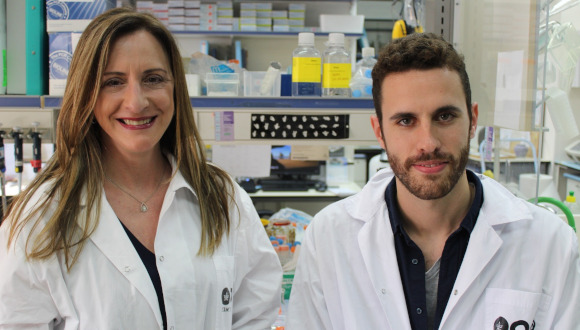A new study from Tel Aviv University (TAU) brings us an innovative treatment for deafness, which is based on the delivery of genetic material into the cells of the inner ear. The genetic material replaces the genetic defect and helps the cells work normally.
Scientists could prevent gradual deterioration of hearing in mice which had genetic mutation for deafness. They say that this therapy could lead us to an important breakthrough in curing children born with various mutations, which eventually cause deafness.
Led by Professor Karen Avraham of the Department of Human Molecular Genetics and Biochemistry at TAU’s Sackler Faculty of Medicine and Sagol School of Neuroscience, the paper was published in EMBO Molecular Medicine on December 22, 2020.
Deafness is the most common sensory disability worldwide. WHO reveals that there are about half a billion people with hearing loss today and this number is expected to double in the upcoming decades. Statistics reveal that one in every 200 children is born with a hearing impairment and one in every 1000 is born deaf. Deafness in half of these cases is caused by a genetic mutation. It is known that there are about 100 different genes associated with hereditary deafness.
Professor Avraham said that the study focused on genetic deafness caused by a mutation in gene SYNE4 (rare deafness discovered by their lab several years ago in two Israeli families and since then has been seen in Turkey and UK as well). Children were inheriting the defective gene from both parents, they were born with normal hearing but they gradually lost hearing during childhood. This is because of mutation, which causes mislocalization of cell nuclei in hair cells inside the cochlea of the inner ear (which serve as sound wave receptors and are essential for hearing). Because of which the cells get degenerated and eventually die.
Shahar Taiber, one of Professor Avraham’s students on the combined MD-PhD track, said that in implementing an innovative gene therapy technology they created a harmless synthetic virus which was used to deliver genetic material. A normal version of the gene that is defective in both the mouse model and the affected human families. The virus was injected into the inner ear of mice, which then entered the hair cells and then released its genetic payload. This helped them repair the defect in hair cells and enable them to mature and function normally.
The treatment was administered soon after birth and the mice’s hearing was then monitored using both physiological and behavioural tests. Professor Jeffrey Holt from Boston Children’s Hospital and Harvard Medical School, a collaborator on the study, was happy as the findings were most promising. Treated mice developed normal hearing, with a sensitivity almost identical to that of healthy mice who do not have the mutation.
The focus is now on developing similar therapies for other mutations which cause deafness.
Prof. Wade Chien, MD, from the NIDCD/NIH Inner Ear Gene Therapy Program and Johns Hopkins School of Medicine, who was not involved in the study added that this study was an important one which showed us how inner ear gene therapy can be effectively applied to a mouse model of SYNE4 deafness to rescue hearing. This study is a part of a growing body of literature showing that gene therapy can successfully mouse models of hereditary hearing loss, and it illustrates the enormous potential of gene therapy as a treatment for deafness.
Journal Reference:
Shahar Taiber, Roie Cohen, Ofer Yizhar‐Barnea, David Sprinzak, Jeffrey R Holt, Karen B Avraham. Neonatal AAV gene therapy rescues hearing in a mouse model of SYNE4 deafness. EMBO Molecular Medicine, 2020; DOI: 10.15252/emmm.202013259
Press Release: American Friends of Tel Aviv University

